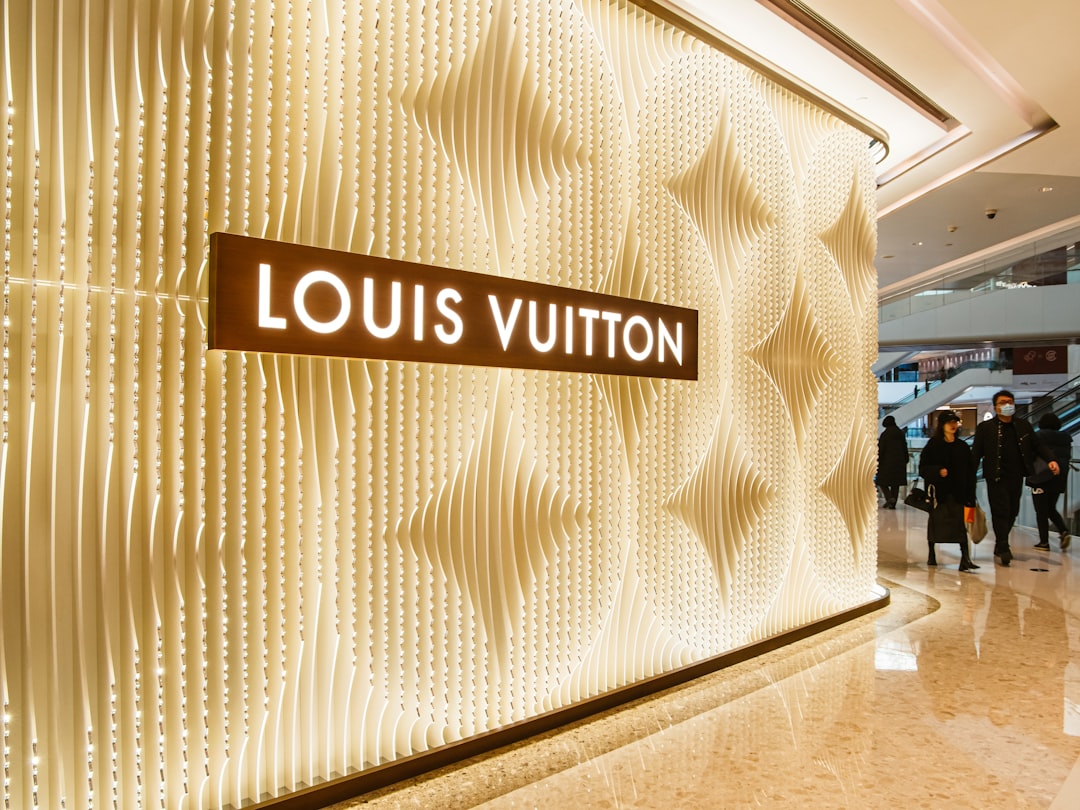Understanding Luxury Goods: History, Types, Market, and Trends
Luxury goods encapsulate the pinnacle of craftsmanship, exclusivity, status, and prestige. Often synonymous with quality and high price, luxury goods range from haute couture fashion and timepieces to cars, travel, and even experiences. In this comprehensive article, we will explore the origins, various types, market characteristics, key players, and emerging trends in the luxury goods sector.
1. The History and Evolution of Luxury Goods
The human desire to own prized possessions is timeless. Ancient civilizations such as Egypt, Rome, and China signaled power and elite status through rare materials—gold, silks, spices, and jewels. The concept of luxury continued to evolve throughout history:
- Middle Ages/Renaissance: Nobility and royal courts commissioned luxurious tapestries, garments, and jewelry.
- 19th Century: The Industrial Revolution democratized access somewhat, but true luxury remained the preserve of aristocrats.
- 20th Century: Brands like Chanel, Louis Vuitton, and Rolls-Royce became household names, symbolizing taste and aspiration.
- 21st Century: Globalization, digitalization, and emerging markets have reshaped the luxury landscape, expanding the consumer base while redefining the meaning of luxury itself.
2. Key Characteristics of Luxury Goods
Unlike mass-market products, luxury goods share several defining attributes:
| Characteristic | Description |
|---|---|
| Exclusivity | Limited editions, rare materials, or restricted availability. |
| Quality Craftsmanship | Superior materials, meticulous construction, attention to detail. |
| Heritage | Rich history and legacy; many luxury brands have been in existence for over a century. |
| High Price | Premium pricing, with products often regarded as Veblen goods (demand increases as price increases). |
| Brand Identity | Strong, recognisable branding that conveys status, taste, and style. |
| Emotional Value | Luxury goods often carry sentimental or symbolic significance, beyond their utility. |
3. Types of Luxury Goods
Luxury goods are broadly categorized by product and experience:
A. Personal Luxury Goods
These are items purchased for individual use.
| Category | Examples | Leading Brands |
|---|---|---|
| Fashion & Apparel | Haute couture, RTW clothing | Chanel, Gucci, Hermès, Dior |
| Leather Goods | Handbags, wallets, belts | Louis Vuitton, Prada, Bottega Veneta |
| Watches & Jewelry | Mechanical watches, fine jewelry | Rolex, Cartier, Tiffany & Co. |
| Cosmetics & Fragrance | Perfume, skincare | Estée Lauder, La Mer, Tom Ford |
| Footwear | Luxury shoes, boots | Christian Louboutin, Jimmy Choo |
B. Luxury Vehicles and Yachts
| Type | Examples | Leading Brands |
|---|---|---|
| Cars | Supercars, limousines, luxury SUVs | Rolls-Royce, Bentley, Ferrari, Tesla |
| Yachts | Private mega yachts | Lürssen, Sunseeker, Feadship |
| Private Jets | Gulfstream, Dassault Falcon | Gulfstream, Bombardier |
C. Luxury Experiences
| Type | Examples | Leading Brands/Providers |
|---|---|---|
| Travel | Private islands, luxury resorts | Four Seasons, Aman, Ritz-Carlton |
| Gastronomy | Michelin-starred dining | Alain Ducasse, Noma |
| Events | Exclusive galas, art shows | Art Basel, Met Gala |
4. The Luxury Goods Market: An Overview
Global Luxury Market Value (2019-2023)
| Year | Market Value (USD Billion) |
|---|---|
| 2019 | 281 |
| 2020 | 257 (Pandemic Impact) |
| 2021 | 307 |
| 2022 | 337 |
| 2023 | 362 |
Source: Bain & Company Luxury Report 2023
Regional Breakdown (2023)
| Region | Market Share (%) |
|---|---|
| Europe | 35% |
| Asia-Pacific | 38% |
| Americas | 21% |
| ROW | 6% |
Asia-Pacific, especially China, is now the driving force of new luxury consumption, with young, affluent consumers at the forefront.
5. Key Players in the Luxury Goods Industry
| Group/Company | Top Brands Owned | Annual Revenue (USD Billion, 2023) |
|---|---|---|
| LVMH | Louis Vuitton, Dior, Fendi, Bulgari | 86.2 |
| Kering | Gucci, Saint Laurent, Balenciaga | 22.7 |
| Richemont | Cartier, Van Cleef & Arpels, IWC | 21.6 |
| Hermès | Hermès | 13.5 |
| Swatch Group | Omega, Longines, Breguet | 8.2 |
6. Emerging Trends in Luxury Goods
A. Digitalization and E-Commerce
Once resistant to online sales, luxury brands now embrace digital platforms. Virtual boutiques, AR/VR fittings, and direct-to-consumer channels enhance shopping experience. Online marketplaces like Farfetch and Net-a-Porter thrive.
B. Sustainability and Ethical Luxury
Modern consumers, especially Millennials and Gen Z, demand accountability and sustainability—ethical sourcing, recyclable packaging, and transparency are crucial.
C. Personalization
Unique, tailored experiences—engraving, bespoke collections, and made-to-measure offerings—are now staples.
D. Pre-Owned and Circular Luxury
The resale of luxury goods is booming. Platforms such as The RealReal and Vestiaire Collective cater to environmentally conscious and value-driven luxury seekers.
E. Experiential Luxury
A shift from product ownership to exclusive experiences (wellness retreats, adventure travel, private concerts) reflects changing consumer values.
7. Challenges and Future Outlook
While resilient, the luxury sector is not immune to geopolitical instability, economic downturns, or shifts in consumer sentiment. Counterfeiting and brand dilution also pose threats. However, the industry's ability to innovate—embracing technology, personalization, cultural relevance, and sustainability—ensures its continued allure.
Key opportunities going forward:
- Deeper market penetration in Asia and Africa
- Leveraging Web3, NFTs, and blockchain for authentication and engagement
- Expanding the meaning of “luxury” beyond product to holistic, multi-sensory experiences
Conclusion
Luxury goods remain intricately tied to the human desire for distinction, beauty, and transcendence. Although the definition of luxury continuously evolves—encompassing not just material possessions but also experiences, ethics, and self-expression—the essence endures: to represent the extraordinary in the fabric of everyday life.
References
- Bain & Company Luxury Goods Worldwide Market Study (2023)
- Deloitte Global Powers of Luxury Goods 2023
- Statista Luxury Goods Market Overview 2024
- McKinsey & Company, The Age of Digital Luxury, 2023
